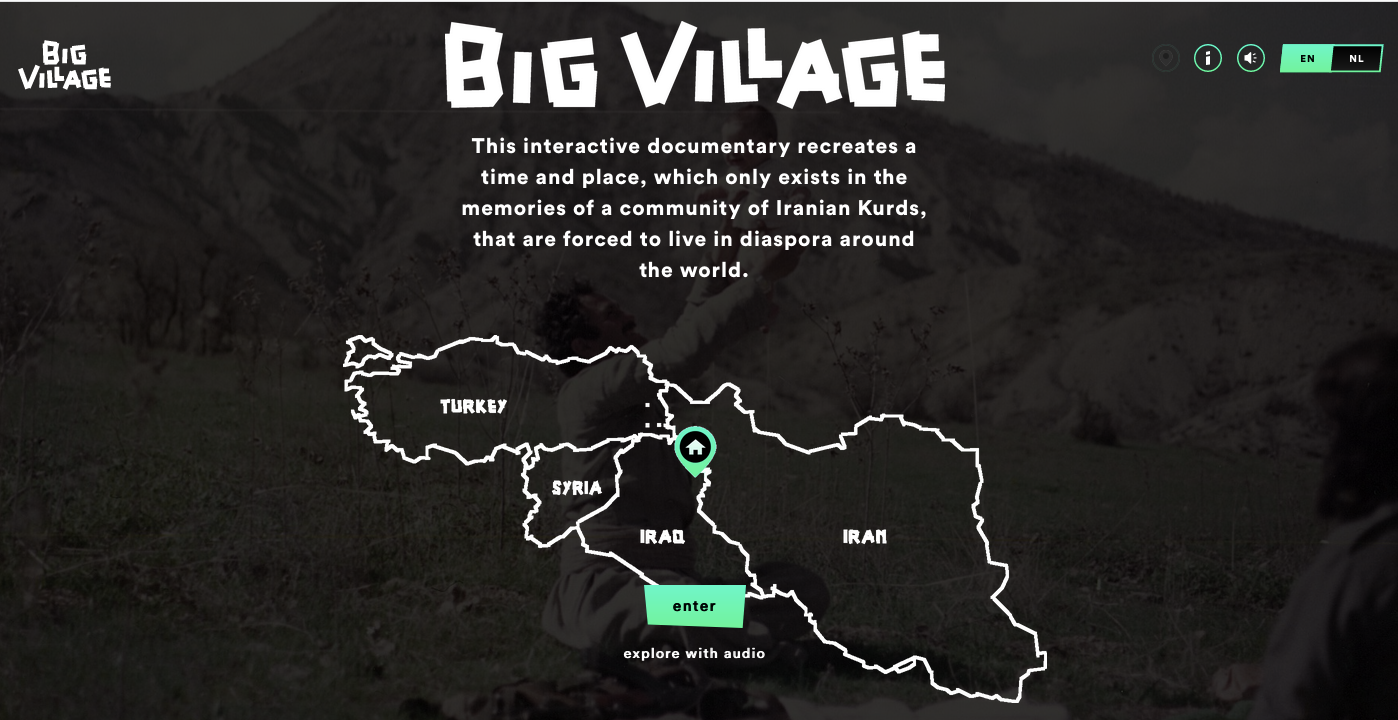Big Village Interactive Documentary Tells Small Stories of a Rebel Kurdish Village
After the 1979 Iranian revolution, Iranian Kurds fighting for autonomy moved to the village Gewredê in Iraq. The online, interactive documentary Big Village reconstructs life in Gewredê in the mid-1980s, as remembered by the residents. The viewer can click on interviews, pictures, videos and texts,











